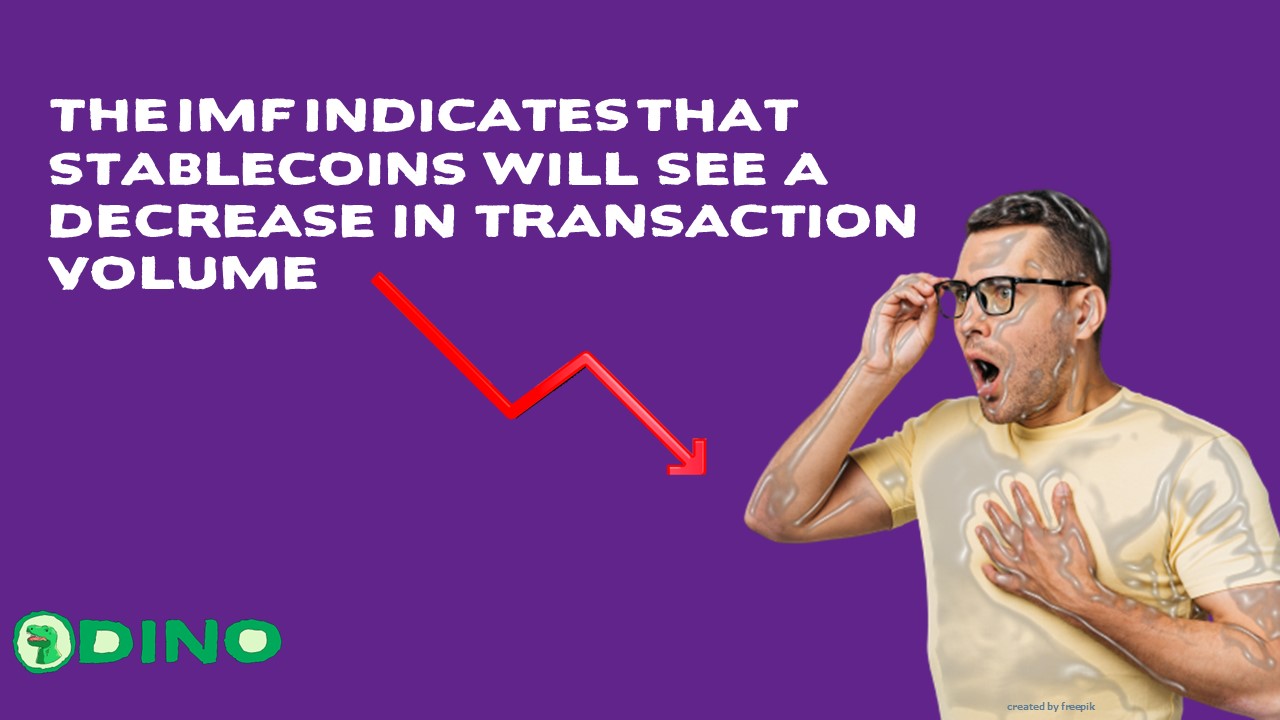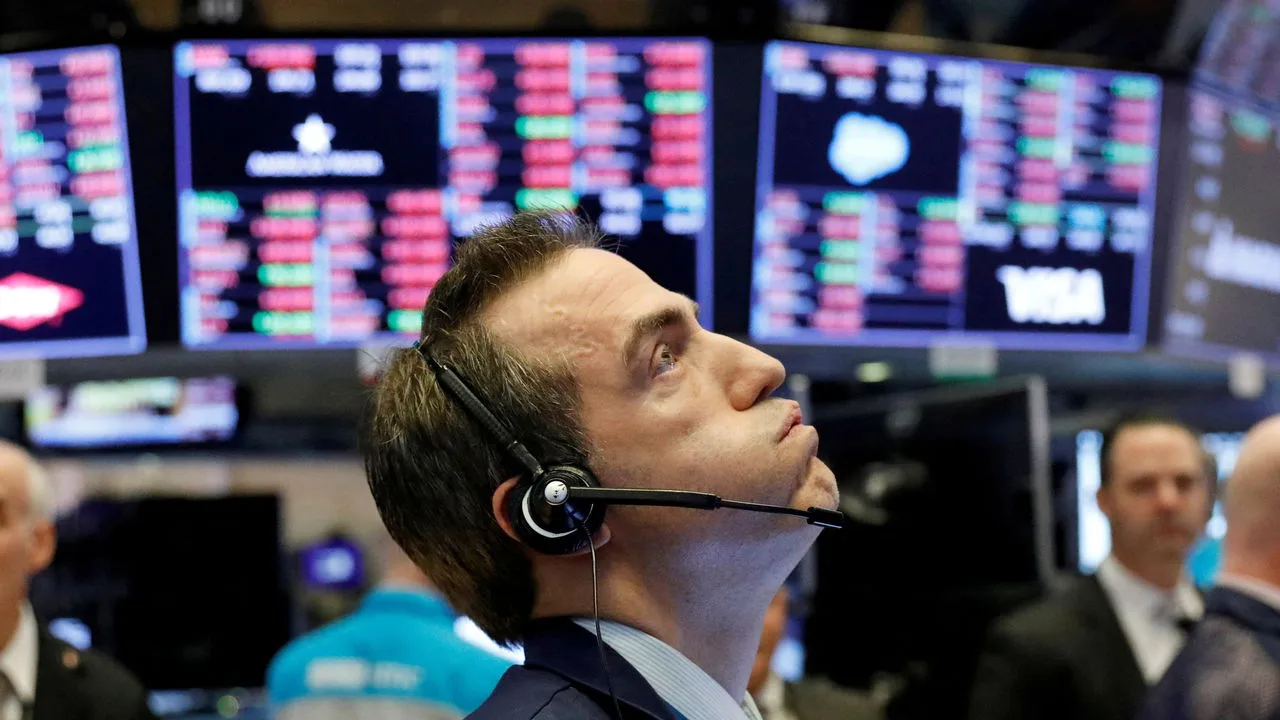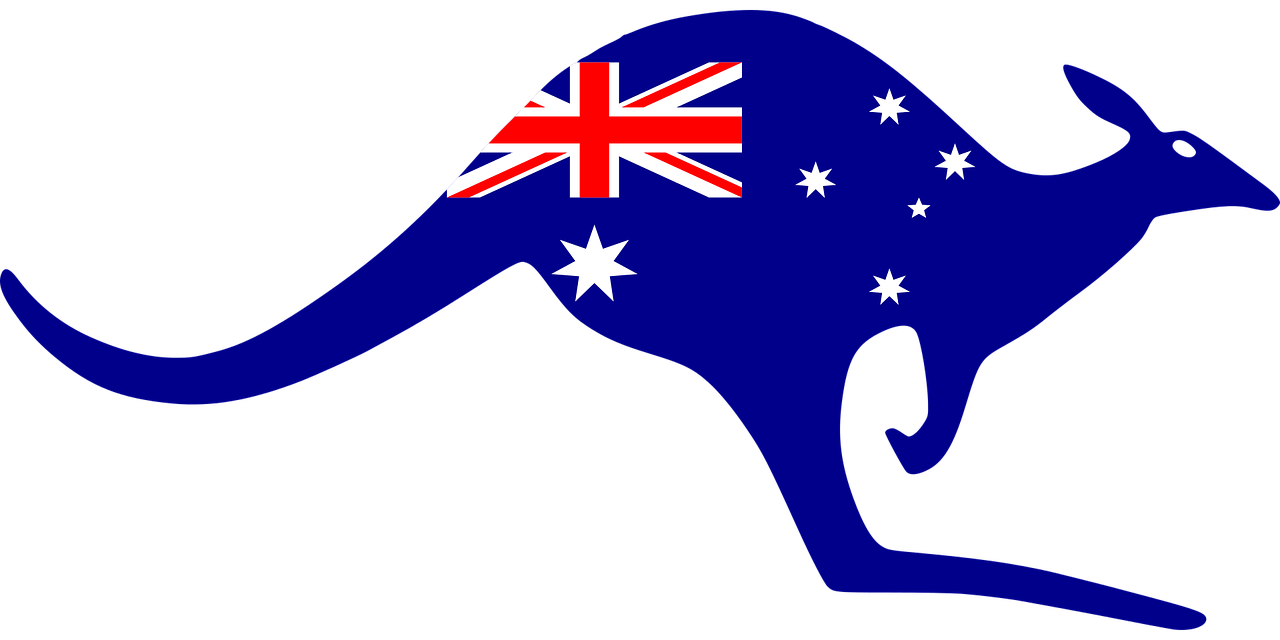In technical analysis, there are two types of wedge chart patterns: the rising wedge and the falling wedge. In this article, we will explain the falling wedge pattern and how to use it.
What is a Falling Wedge Pattern?
The falling wedge pattern is part of technical analysis, which generally falls into the price action category.
Pure price action uses previous price movements to predict future prices through several marker lines that form a pattern.
Like the rising wedge, the falling wedge pattern is also used to get confirmation of continued price movements.
However, the difference with the rising wedge is the direction of movement, whereas the falling wedge is commonly used to see the continuation of the upward trend.
The falling wedge is used to see when a downward movement will end and form a new upward trend.
So this pattern can be used in the spot market because it can be used as a pretty good buying indicator.
The falling wedge pattern can act as the upper and lower limits of a price movement. With these limits, the analyst will have a clearer view of the current price and will wait for a good moment before buying.
Types of Falling Wedge Patterns
The falling wedge has the same shape where there is a triangle shape that moves down, which contains an upper limit, and a lower limit that moves conically.
Although they generally have the same shape, there are two types of falling wedge patterns that give different price movements.
The two types of falling wedges in question are those that move down steeply and flatly.
The first is the flat falling wedge pattern, where in this pattern, generally, the price will come out and rise gradually and will be filled with consolidation.
In this type of pattern, the falling wedge zone will generally be formed more perfectly because the red and green candlesticks will be relatively balanced.
This pattern means that there will be no correction with completely red candlesticks or only a few green candlesticks in the price movement.
The benefits obtained from this pattern will generally last longer than the following pattern.
The second is a steep falling wedge pattern, where in this pattern, generally, the price will rise drastically significantly in a short time.
In this type of pattern, the falling wedge zone will generally be formed less perfectly because it will occur quickly, and there will be more red candlesticks.
So with a steep falling wedge pattern, generally, profits will be obtained faster. Still, in terms of percentage amounts, typically, the value will be relatively balanced with a flat falling wedge.
Both of these patterns can be used for profit, but analysts must understand that risk management must be carried out so as not to get carried away by psychological emotions when seeing this pattern.
How to Find the Falling Wedge Pattern
To use this pattern, traders must understand how to find the falling wedge to take advantage of it when trading. There are three ways to find this movement pattern.
The first way is to draw manually with the tools given on the chart, like tradingview.
The step is to draw one of the limits of the movement first, for example, finding the lower limit of a price movement that is falling.
The next step is to look at the upper limit, which is likely to form the falling wedge pattern where the movement is more conical, making a triangle.
Generally, this pattern can be found after the price has moved up significantly, moved sideways, consolidated, and started to fall slowly. To complete this pattern discovery, traders can use the second-way indicators.
The second way is to use the volume indicator to find conditions where buying volume has started to be saturated, excessive, or overbought.
With overbought conditions, generally, the price will start to move down to normalize the movement.
The price can approach the overbought area or be in the overbought area because, generally, if it reaches that limit, there will be normalization or movement in the opposite direction.

For example, in the picture above, the chart forms a rising wedge pattern after approaching the overbought area and then moving down and up.
So a volume indicator like the RSI can be used to help look for this pattern.
The third way is to find a more pronounced price movement appreciation or increase on a more extensive timeframe chart.
For example, in the daily chart, the price will move up and then down before rising again.
But on the weekly chart, the price will continue to show an uptrend, reinforcing the view that a correction is imminent.
So traders can take advantage of analysis with higher chart timeframes to spot the potential for this pattern, along with confirmations that strengthen the analysis.
Profiting from the Falling Wedge Pattern
After understanding the falling wedge and how to find it when analyzing charts, the final step is to seek profit and manage risk through this pattern.
Looking for a profit with a falling wedge is like doing a price action analysis.
The trick is using support and resistance to find profit targets, maintain risk, and use additional confirmation with candlestick patterns.

An example is a picture above, where this pattern can be used to find profit by setting a “Take Profit” target and maintaining risk management above the pattern with “Stop Loss”.
The pattern can also be a help in determining the price area that can be used to enter or buy a crypto asset.
So that this pattern can be used to seek profit if it is adjusted to the strategy and personal financial management.
If you already understand how to determine this pattern, traders should be able to use it to seek profit. But please note that this pattern is not always accurate because volatility in the crypto market can make movements change drastically.
More News About Crypto : NEWS
Follow our Twitter : https://twitter.com/DinoDapps




